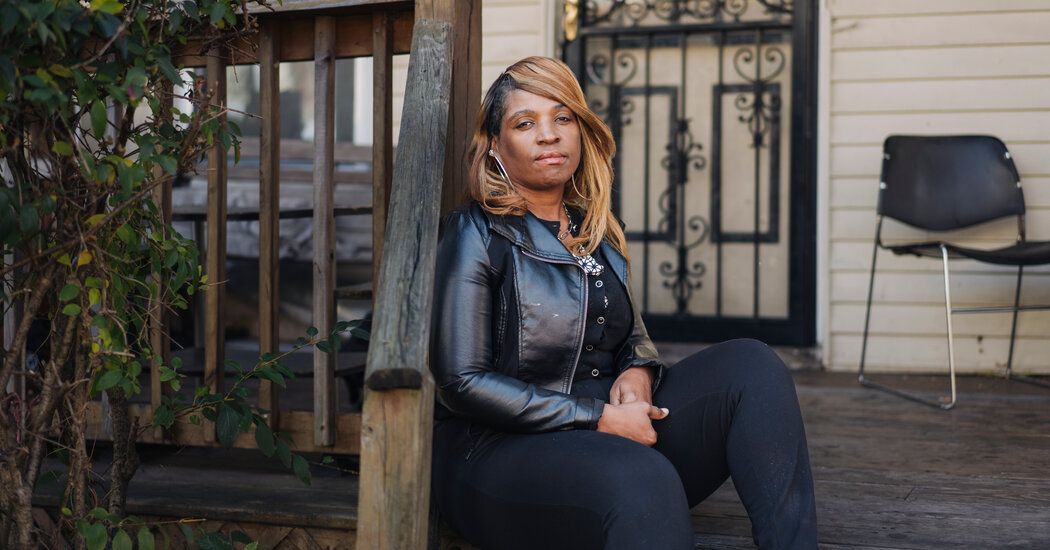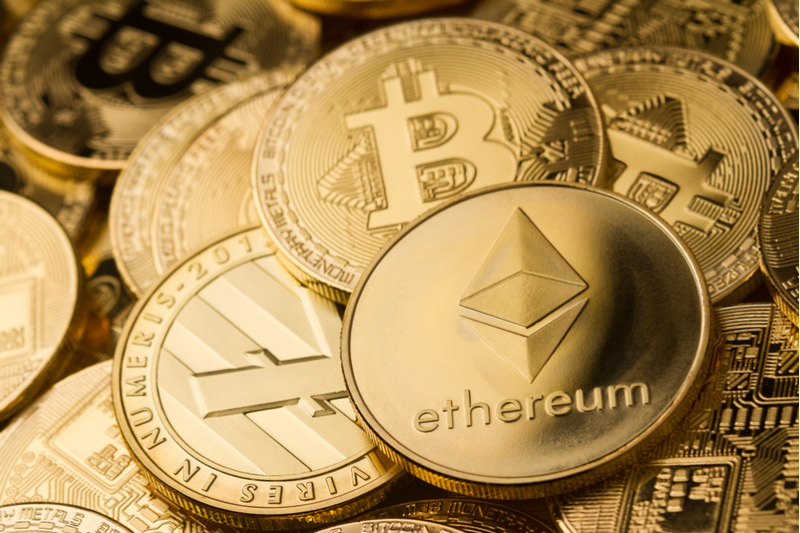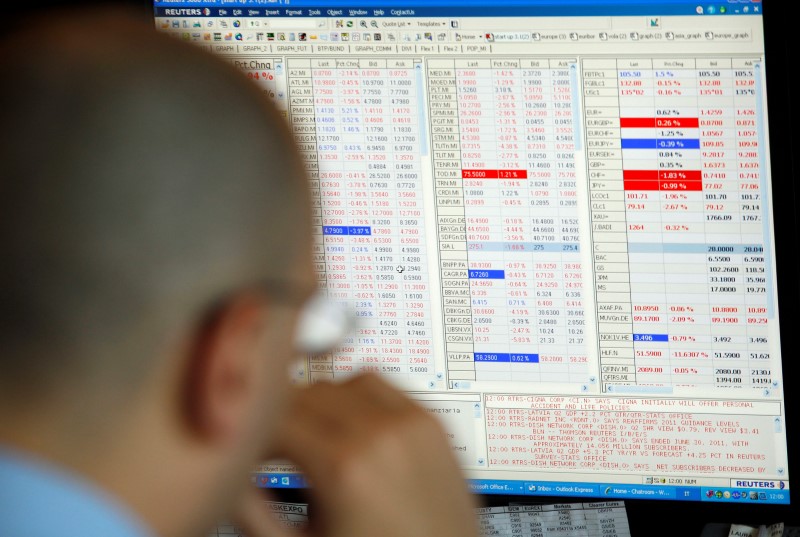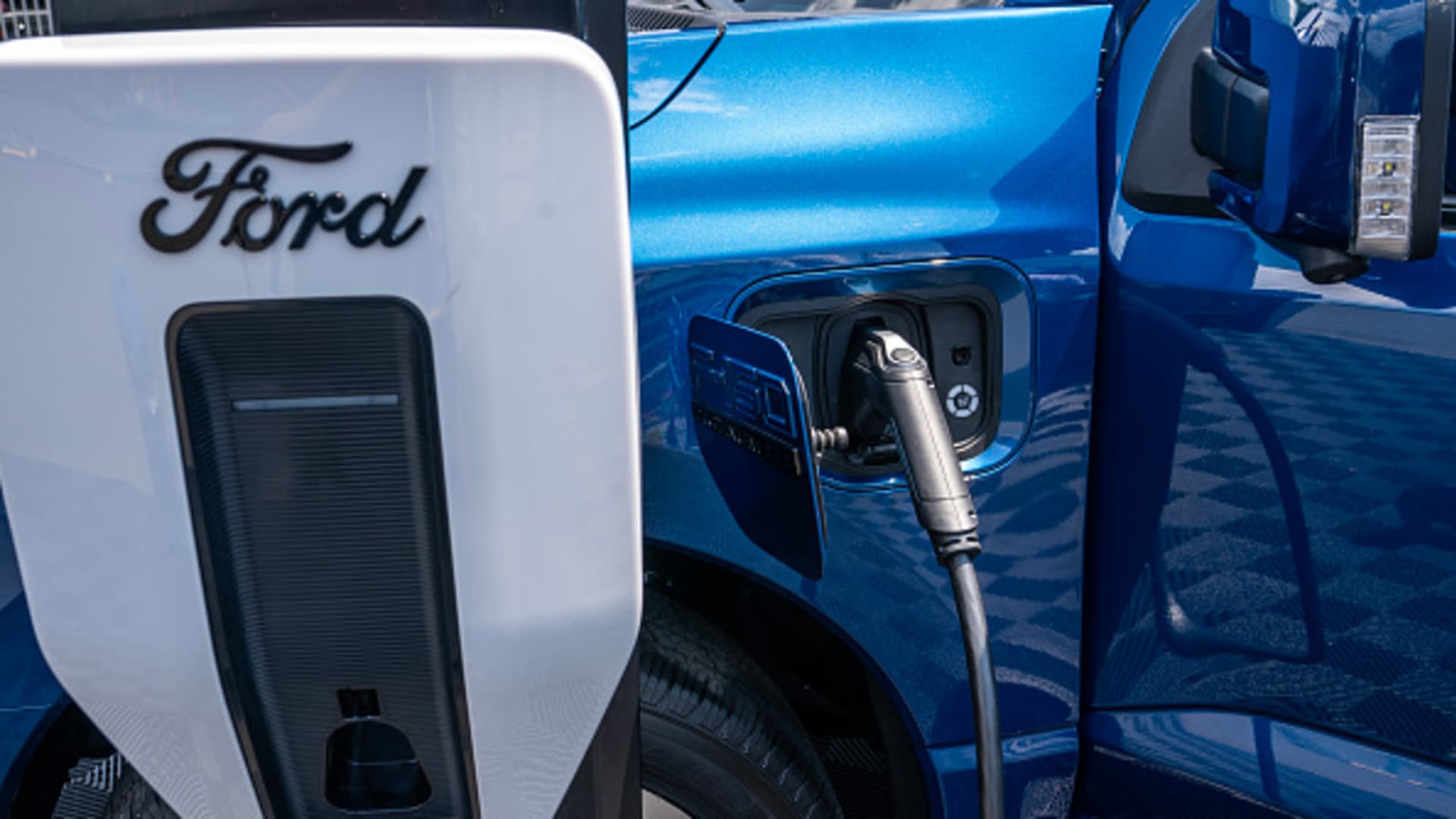Cindy Camp is one of many Americans facing rising utility costs. Camp, who lives in Baltimore with three of her family members, said her gas and electric bills kept “going up and up,” reaching as high as $900 a month. Her family has tried to use less hot water by washing fewer loads of laundry and now she eats more fast food to save on grocery bills.
Ms. Camp would like to save money on energy bills by transitioning to more energy-efficient appliances, such as a heat pump and solar panels. But she just can't afford it.
“It's a struggle for me to even keep food down,” Ms. Camp said.
Energy bills have increased nationwide, and in Baltimore, electricity rates have increased nearly 30 percent over the past decade, according to data from the Bureau of Labor Statistics. While clean energy systems and more efficient appliances could help low-income households mitigate some of those increases, many face barriers when trying to access those products.
Low-income households have been slower to adopt clean energy because they often lack sufficient savings or have low credit scores, which can impede their ability to finance projects. Some have also found it difficult to navigate federal and state programs that would make facilities more affordable, and many are renters who cannot make upgrades themselves.
Energy costs have traditionally been a greater burden for low-income households, which typically spend a much larger percentage of their gross income on utility bills than higher-income households. according to the Department of Energy. Many also live in older, less efficient homes, which can lead to more expensive utility bills. In 2020, 34 million American households, or 27 percent of all households, reported difficulty paying their energy bills or kept their homes at an unsafe temperature due to concerns about energy costs, according to the Information Administration. Energetics.
The Biden administration has implemented a suite of programs to try to increase access to clean energy and reduce household utility bills. The efforts are part of a broader push to reduce carbon emissions in response to climate change, which often disproportionately affects disadvantaged communities.
That includes rebates for energy-efficient appliances and tax credits for the purchase of solar panels and electric cars. In recent months, administration officials have provided funding for energy efficiency improvements at federally subsidized housing properties. The federal government will also offer additional tax credits for clean energy investments in low-income areas and provide billions to increase access to residential solar energy.
Speaking Wednesday about the administration's efforts to make energy more affordable, Treasury Secretary Janet L. Yellen said the policies could help reduce energy bills for low- and middle-income families.” immediately”. She said they were also boosting domestic clean energy manufacturing, which would reduce costs over time.
“This will make clean energy even more affordable for American consumers,” Yellen said at a community college in Boston.
Still, some advocates said it would be a challenge for the administration's investments to reach low-income communities.
“To me, the problems of people in Baltimore and inner cities everywhere are identical: 'We are now struggling to pay our bills,'” said Kristal Hartsfield, executive director of the National Alliance for Energy and Infrastructure Equity , which connects communities and companies on issues related to changes in the energy sector. “We can't flip the switch to clean energy tomorrow.”
Although White House officials said they were providing technical assistance to help people gain access to new programs, many who wanted to take advantage of federal and state programs said they often faced a major obstacle: paperwork.
Ms. Camp, 56, lives in a single-family home in a northeast Baltimore neighborhood where she has never seen a solar panel on a home or residents with electric vehicles. Still, she wants solar and a heat pump, if she can get through the depths of the application process.
“It's really disheartening,” said Ms. Camp, an AmeriCorps member. “The bureaucracy is very thick.”
Patricia Johnson, 68, a retired machine operator who lives with her husband in East Baltimore, said the heater in her home was more than two decades old and needed repair, but she couldn't afford to pay $10,000 to $15,000 for it. replace the system.
Johnson said it was difficult for her to determine what assistance programs she qualified for, so she went to a nearby community center run by GEDCO, a local nonprofit. Ms. Johnson later learned that she qualified for a state program that funds energy efficiency improvements, but it was still difficult to navigate the paperwork and she would not have applied without guidance from her.
Laurel Peltier, president of the Maryland Energy Advocates Coalition and a GEDCO volunteer who worked with Ms. Johnson, said most of the people she helped didn't have computers or printers, making it harder for them to apply. and know the availability. programs.
“Government agencies have a lot of work to do to effectively distribute programs to low-income people,” Ms. Peltier said.
The nation's largest municipal utility, the Los Angeles Department of Water and Power; the National Renewable Energy Laboratory; and the University of California, Los Angeles recently published the first comprehensive study of some of the impacts of the energy transition on low-income consumers. The study highlighted growing disparities in Los Angeles between those who can afford clean energy upgrades and those who cannot.
Part of the reality, as Los Angeles acknowledged in its study and as some energy experts have argued, is that there is a need to educate the public about energy issues, as well as how to move to clean energy technologies and find the incentives available.
Experts at the National Renewable Energy Laboratory say the energy transition will require broad participation from utilities and energy providers, as well as the wealthiest and lowest-income Americans. That means more will need to be done to include those who can least afford it.
While many of the new rebates are generous, they still may not cover the full price of clean energy products, said Diana Hernandez, associate professor of sociomedical sciences and co-director of the Energy Opportunities Laboratory at Columbia's Global Energy Center. Policy. The cost of heat pumps, which can heat and cool homes more efficiently than typical furnaces and air conditioners, varies, but an average installation costs $16,000. The new rebates, which are not yet available, would only shave up to $8,000 from those systems.
Tax credits can cover 30 percent of the cost of installing solar panels. But many low-income people don't owe enough taxes to take full advantage, and the average cost of a residential solar system is about $25,000, according to the Solar Energy Industries Association.
Low-income households are less likely to make such improvements if they already struggle to afford the necessary expenses, and many are also renters who will find it more difficult to benefit from the new programs because landlords may not be incentivized to make improvements. of efficiency, said Ms. Said Hernández.
However, he noted that people could subscribe to a portion of the power generated by “community solar” projects, which are off-site solar systems, or rent panels.
After conducting its study, Los Angeles increased its rebates for used electric vehicles to $4,000 from a maximum of $2,500 for qualified consumers. And the city said it would build and operate its own fast-charging network in low-income communities.
Without those efforts, experts say the energy transition will only hurt those who can least afford to participate in it.
“We're still in the process of trying to figure out this energy transition,” said Stephanie Pincetl, a professor at UCLA's Institute of Environment and Sustainability and director of the university's California Center for Sustainable Communities who participated in the Los Angeles Study. “We have to get this right or it will just exacerbate inequality.”










